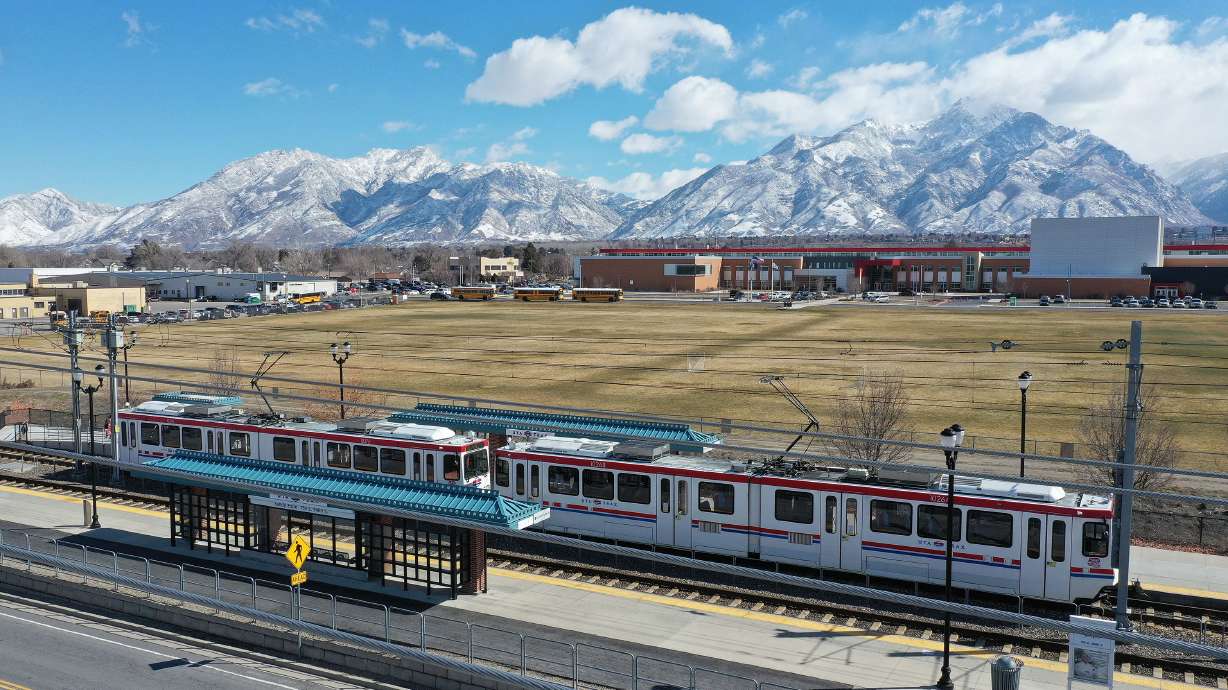In a recent discussion featuring experts from the Utah Transit Authority (UTA) and its partners, critical insights emerged on how technology is empowering agencies to modernize their project delivery, improve collaboration, and enhance overall efficiency. This article summarizes key takeaways for state and local government owners seeking to optimize their transportation and transit initiatives.
The Push for Collaboration:
A key theme in the conversation was the growing trend of joint venture agreements. As projects become larger and more intricate, agencies are partnering more frequently with other firms to leverage expertise and resources. As Shahira Hussain, a transportation professional, noted, "The trend of close-knit collaboration...for ease of delivering these massive transportation projects seems to be a more common approach." This increased collaboration necessitates effective communication and the ability to bridge diverse project delivery styles and software preferences.
UTA's Journey to Modernization:
The Utah Transit Authority (UTA), responsible for a multi-modal transportation network serving a large population, provided valuable insights into their experience. Dan Hofer, Director over Capital Programming and Support at UTA, explained that the agency sought to move beyond its limitations with older, "home-baked" systems. "The decision was made to go with...something that's more mainstream, more off the shelf," Hofer said, highlighting the need for modern solutions.
UTA's technology adoption was driven by several core objectives:
Addressing Pain Points: UTA aimed to overcome limitations in data accessibility, workflow standardization, and mobile capabilities.
Prioritizing Partnership: UTA prioritized building strong, reliable, and transparent relationships with contractors and consultants.
Focusing on Key Objectives: UTA's implementation was guided by simplification, standardization, and vision.
Key Technology Benefits for Public Owners:
The discussion underscored several ways in which technology empowers public owners to improve their transportation and transit projects:
Improved Communication and Alignment: Project management platforms provide a centralized hub for information sharing, ensuring that all stakeholders have access to the latest data. Hans Hubrick, a project control specialist, emphasized the importance of alignment, stating, "Whatever tool we can utilize to help gain true alignment in the communication is extremely valuable." This minimizes miscommunication, reduces errors, and fosters a shared understanding of project goals.
Enhanced Process Standardization: Technology enables the implementation of standardized workflows and action plans, streamlining processes like submittal reviews and change order management. This promotes consistency and efficiency across projects.
Data-Driven Decision Making: Analytics tools provide real-time insights into project performance, allowing agencies to track progress, identify potential issues early, and make data-backed decisions.
Increased Accountability and Transparency: Technology creates a clear audit trail of project activities, financial transactions, and communication. This enhances accountability and transparency in the use of public funds.
Lessons Learned from UTA's Experience:
The discussion offered valuable insights for public owners considering technology adoption:
Prioritize Integration: Ensure that any new technology can integrate with existing financial and other systems to avoid data silos and streamline workflows.
Focus on User Adoption: Invest in training and support to ensure that all stakeholders are comfortable using the new technology. David Smurthwaite, involved in project control support for UTA, stressed the value of showing users "the benefit of them doing work in Procore."
Embrace Change Management: Recognize that technology implementation involves process changes and potential disruptions. Effective change management is essential for successful adoption.
For state and local government agencies tasked with delivering efficient, reliable, and cost-effective transportation and transit systems, technology is a powerful enabler. By embracing modern construction management platforms and prioritizing collaboration, data-driven decision-making, and process standardization, public owners can optimize their projects, enhance accountability, and build a better future for their communities. The need for a strategic and technology-driven approach is clear for agencies seeking to navigate the complexities of modern transportation and transit infrastructure.
Want to learn more? See how Procore serves the state and local public owners.




